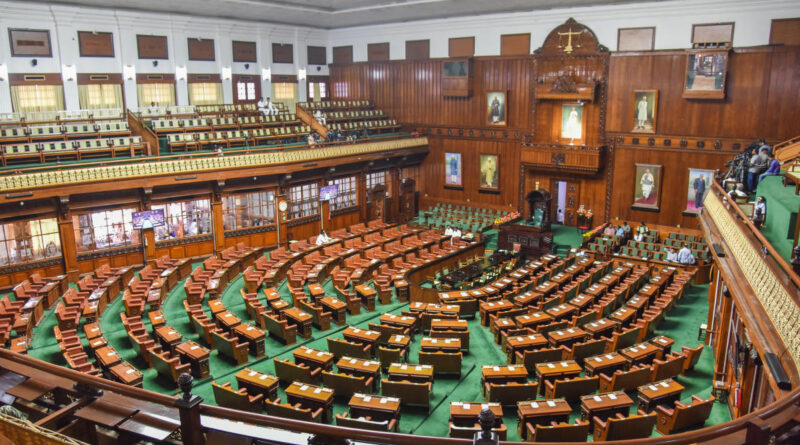The Role and Responsibilities of a Member of the Legislative Assembly (MLA)
Contents
Introduction:
A Member of the Legislative Assembly (MLA) holds a pivotal position in the democratic governance structure of a state or province. Elected by the people, an MLA is entrusted with the responsibility of representing their constituents, participating in the legislative process, and addressing the diverse needs and concerns of the community. In this article, we delve into the multifaceted role and responsibilities of an MLA, exploring the challenges they face and the impact they can have on policy-making and governance.
1. Electoral Process and Representation:
MLAs are elected through a democratic electoral process wherein citizens vote for their preferred candidates. Each MLA represents a specific geographical constituency and is accountable to the constituents who elected them. This direct link between MLAs and their constituents forms the foundation of representative democracy, ensuring that the voices and interests of the people are heard and considered in the legislative arena.
2. Legislative Functions:
One of the primary responsibilities of an MLA is to participate in the legislative process. This includes debating bills, proposing amendments, and voting on legislation that affects the state or province. MLAs are expected to possess a deep understanding of public policy issues, engage in constructive dialogue with fellow legislators, and contribute to the formulation of laws that serve the public interest.
3. Constituency Work:
Apart from their legislative duties, MLAs are actively involved in addressing the concerns and needs of their constituencies. This involves advocating for local development projects, representing constituents in dealings with government agencies, and facilitating communication between the community and various stakeholders. Effective constituency work requires accessibility, responsiveness, and a genuine commitment to serving the public.

4. Policy Advocacy and Oversight:
MLAs play a crucial role in advocating for policies and initiatives that benefit their constituents and the broader society. They participate in committee work, where they scrutinize government policies, hold officials accountable, and contribute to the oversight of public expenditure. Through informed advocacy and strategic collaboration, MLAs can influence policy outcomes and drive positive change in areas such as healthcare, education, infrastructure, and social welfare.
5. Challenges and Opportunities:
Being an MLA comes with its share of challenges, including managing diverse priorities, navigating political dynamics, and addressing complex issues within limited resources. However, it also presents opportunities to make a meaningful impact, foster dialogue and cooperation, and contribute to the democratic governance process. MLAs who demonstrate integrity, leadership, and a strong commitment to public service can earn the trust and support of their constituents.
Conclusion:
In conclusion, the role of a Member of the Legislative Assembly encompasses a range of responsibilities that are central to the functioning of a democratic society. From legislative duties to constituency work and policy advocacy, MLAs play a vital role in shaping public policy, representing the interests of their constituents, and upholding the principles of democracy. B
y understanding and appreciating the significance of their role, MLAs can contribute to inclusive and effective governance that benefits all citizens.




